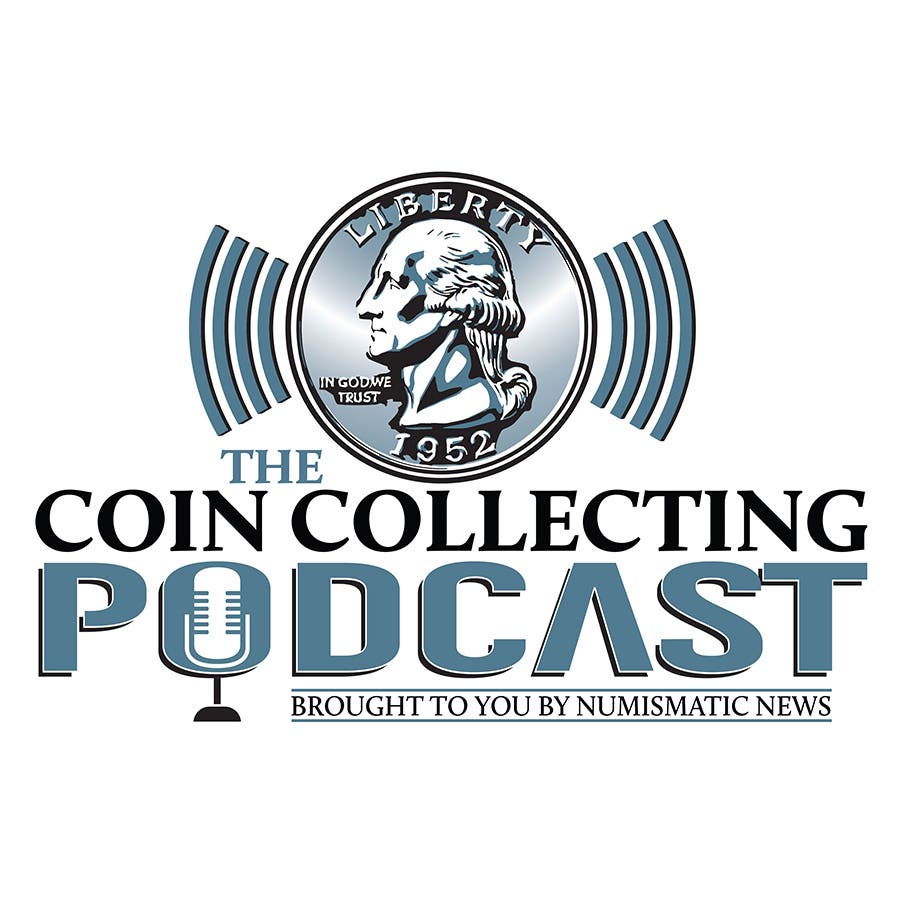Unreported $2 found by Liberty
Acquisition of the only known “Lazy Deuce” $2 National Bank Note from the Second National Bank of Lansing, Mich., has been reported by Thomas Coulson, Liberty Coin Service CEO and…
Acquisition of the only known “Lazy Deuce” $2 National Bank Note from the Second National Bank of Lansing, Mich., has been reported by Thomas Coulson, Liberty Coin Service CEO and general manager, and Paul Manderscheid, the Lansing, Mich., firm’s inventory manager.
The note is graded Choice Fine 15 by Paper Money Grading.
National Bank Notes were a form of paper money invented by the federal government during the Civil War to help fund the enormous wartime costs.
Banks were chartered by the federal government as National Banks by buying $25,000 of federal debt. In return, these banks could issue notes backed by this debt. Designs were standardized, but each bank had its own name put on its own version of the notes.
This Lazy Deuce was part of the first issue dated Jan. 2, 1865, called the Original Series.
A Lazy Deuce had not been known to exist on this particular bank. Further, Lacy Deuces overall are rare.
Liberty Coin Service said only 37 survive from all of Michigan’s banks put together.
The nickname of the note derives from the fact that on the face the large numeral “2” is laying down.
The $2 also features a vignette of “Stars and Stripes” on the left of the front.
The central design on the back portrays “Sir Walter Raleigh Presenting Corn and Tobacco to the English.”
Early National Bank Notes also feature artwork at the left of the back that is similar to the state or territorial seal where the bank was located, such as for Michigan on this note.
From 1863 to 1935, National Bank Notes were issued by banks throughout the states and U.S. territories. Federally chartered National Banks could purchase U.S. government bonds (which provided cash flow to the U.S. government), then deposit those bonds as collateral with the U.S. Treasury. The Treasury would then issue bank notes for each bank up to 90 percent of the amount of bonds held by the U.S. Treasury for the bank.
For more information, send an email message to Coulson at the following address: tomcoulson@libertycoinservice.com.
This article was originally printed in Bank Note Reporter. >> Subscribe today.
More Collecting Resources
• The Standard Catalog of United States Paper Money is the only annual guide that provides complete coverage of U.S. currency with today’s market prices.
• When it comes to specialized world paper money issues, nothing can top the Standard Catalog of World Paper Money, Specialized Issues eBook.



